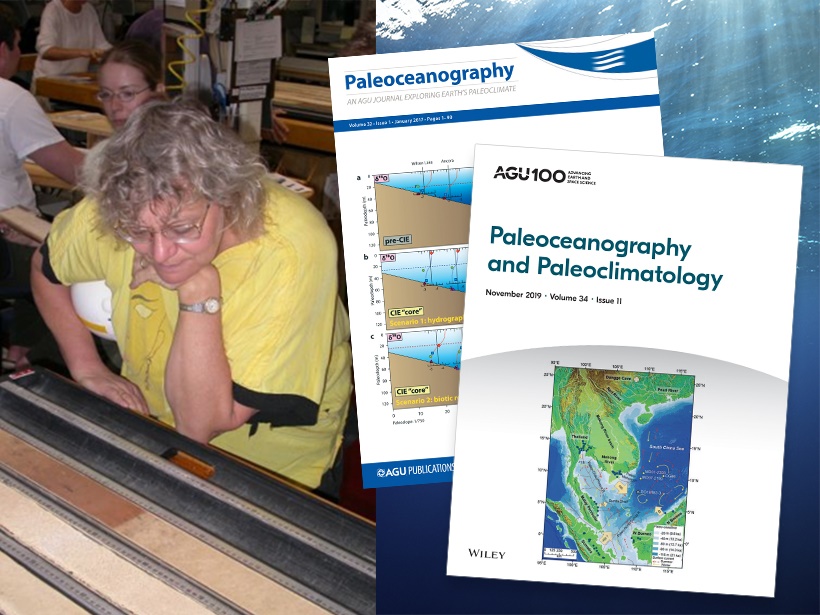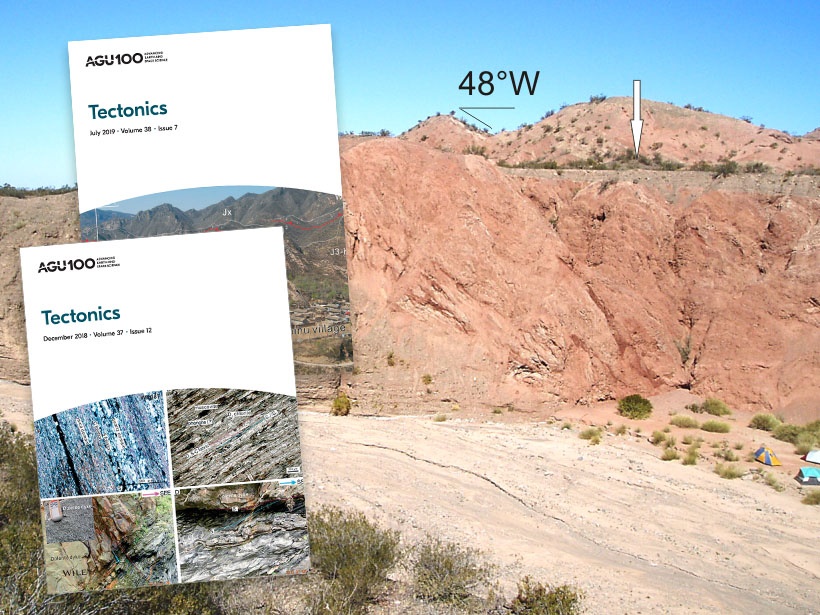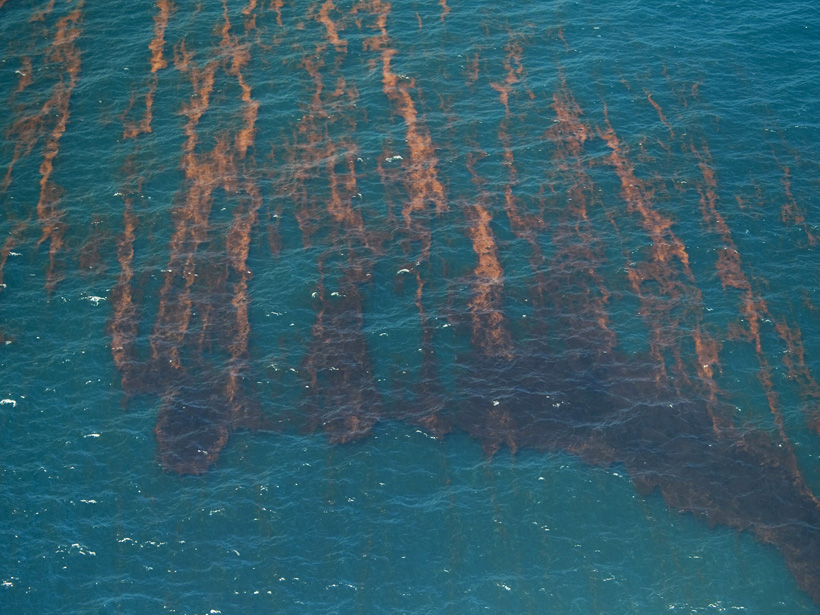Find out about the person taking the helm of Paleoceanography and Paleoclimatology and his vision for the coming years.
Editors’ Vox
Between Past and Future
The outgoing Editor in Chief of Paleoceanography and Paleoclimatology reflects on her tenure and changes in the journal over those years.
All Together Now: Reflecting on Earth’s Future’s Formative Years
The outgoing Editor in Chief of Earth’s Future reflects on the first 6 years of the open-access journal and the factors that have contributed to its growth and success.
Where Do Natural Gas Hydrates Come from and Why Should We Care?
A new generation of models, laboratory, and field studies is helping scientists answer important questions about this mysterious substance.
Editorial Handover at Tectonics
The outgoing and incoming Editors in Chief of Tectonics reflect on recent years of growth and expansion in the journal while they ponder and plan for the challenges ahead.
Introducing the New Editor in Chief of JGR: Solid Earth
Find out about the person taking the helm of Journal of Geophysical Research: Solid Earth and her vision for the coming years.
Growth and Challenges for JGR: Solid Earth
The outgoing Editor in Chief of JGR: Solid Earth reflects on his tenure and expresses appreciation to all those who contributed to the success of the journal over recent years.
Insights from Space: Satellite Observations of Arctic Change
New satellite instruments and data, plus a more comprehensive observing network, are key to increasing our understanding of past and future change in the Arctic Boreal Zone.
Understanding Material Movement in the Ocean’s Upper Layer
Computer simulations are advancing our understanding of how natural and anthropogenic materials are transported around the upper layer of the ocean.
How Chemical Processes Influence Fracture Pattern Development
Many tools of chemical analysis, experimentation, modeling, and theory have the potential to increase our understanding of how fracture patterns develop at different geological time scales.










